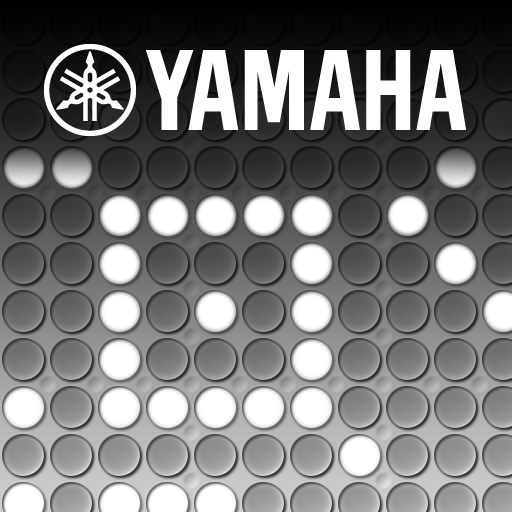
Musician’s Corner: Visually Perform Your Music With TNR-i-US
by Lory Gil
September 3, 2012
Welcome back to Musician’s Corner, where we explore apps and accessories for true music fans. Last week, we reviewed Guitar Suite HD, a guitar lesson app for those who already know how to play, but want to increase their chord and scale skills. I have to say that I’m very disappointed in our readers for not telling me what type of guitars you own. It makes me think we don’t have any real musicians reading this website. If that is the case, I have an app for those of you who can’t play a lick of guitar, but can program a computer to make beautiful music- Yamaha’s TNR-I US.
This complex music app is based on the Tenori-On, an electronic musical instrument created in 2005 by a seriously geeky group of guys that wanted to incorporate music, electronics and visual art. The 16-by-16 grid of switches creates amazing dance music based on a repetition of beats. The sound, while creative and catchy, is not what makes the instrument so fascinating. It’s the visual accompaniment that makes it a performance art piece.
The iOS app by Yamaha, the TNR-i US, looks and reacts just like the real thing. There are a few minor differences that are necessary to transform a full instrument into an iPad app, but anyone who has used the Tenori-On will understand the functions of the app, instinctively.
If you’ve never played a Tenori-on, or even heard of one, don’t be dismayed. You don’t have to be a professional musician or a computer whiz to be able to have fun with this app. Without even trying, you’ll be able to make some fantastic beats that will make you feel like an electronica music master.
When you first open the app, you’ll see the 16-by-16 grid of switches. To make a sound, tap anywhere on the grid. Each switch is in a different key. You can hold down a key for one second to save it on the grid. Once saved, the note will play every time the action bar crosses it. You can save any number of switches to create a melody or produce your sound on the fly by tapping the grid whenever and wherever you feel the inspiration.
The app produces sound based on a loop that can be adjusted. Every time the action bar loops, the notes that are saved in each column will play. You can increase or decrease the speed of the action bar and relocate where it will loop.
There are 10 function buttons that will alter the sounds by letting the user choose between 256 different instruments, increase or decrease the length of a note, adjust the octave of the note alter the loop points, change the loop speed, switch layers, adjust tempo, and more.
The app includes 16 layers that let the user have different sounds playing at the same time. You can create one layer for the bass, one for the melody, one for the harmony, and so on.
If you don’t want to deal with the complexity of multiple layers and various instruments, you can always just draw a picture on the grid. Switch to the 13th layer by holding the “R1” function button and scroll to the “Draw” layer. By slowly dragging your finger across the grid, you will create a pattern that will loop and make strange and interesting sounds.
There is so much to this app that it includes a 28-page manual. I won’t go into all of the details because that will bore you. What I will tell you is that this is definitely one instrument that you don’t have to have an ounce of talent to be able to use. The notes are always in key and the rhythm is always in time. All you have to do is tap a couple of switches and let TNR-i do all the work.
You can also link up with others through Game Center for shared performances. This network connection allows users to add groups of up to four people to participate in a performance.
This app may seem a bit expensive at $19.99, but the physical instrument costs about $600 and the app is practically the exact same thing. In order to get the most out of your money, I suggest spending some time with the user manual. You’ll be looping like a pro in no time.
In order to give you an idea of how the original Tenori-On works compared to how Yamaha’s TNR-i US works, check out both videos below. You’ll see that they are practically the same. The second video also shows how the iOS app can be used with multiple people at once.
http://youtu.be/_SGwDhKTrwU
http://youtu.be/tf9e1uo2dbs
Thanks for stopping by Musician’s Corner again. Have you ever used the Tenori-On? If so, let us know what your experience was like. I’ve played with one once. I loved it. The only reason I don’t own a real Tenori-On is because I got the TNR-i app for a fraction of the cost.






